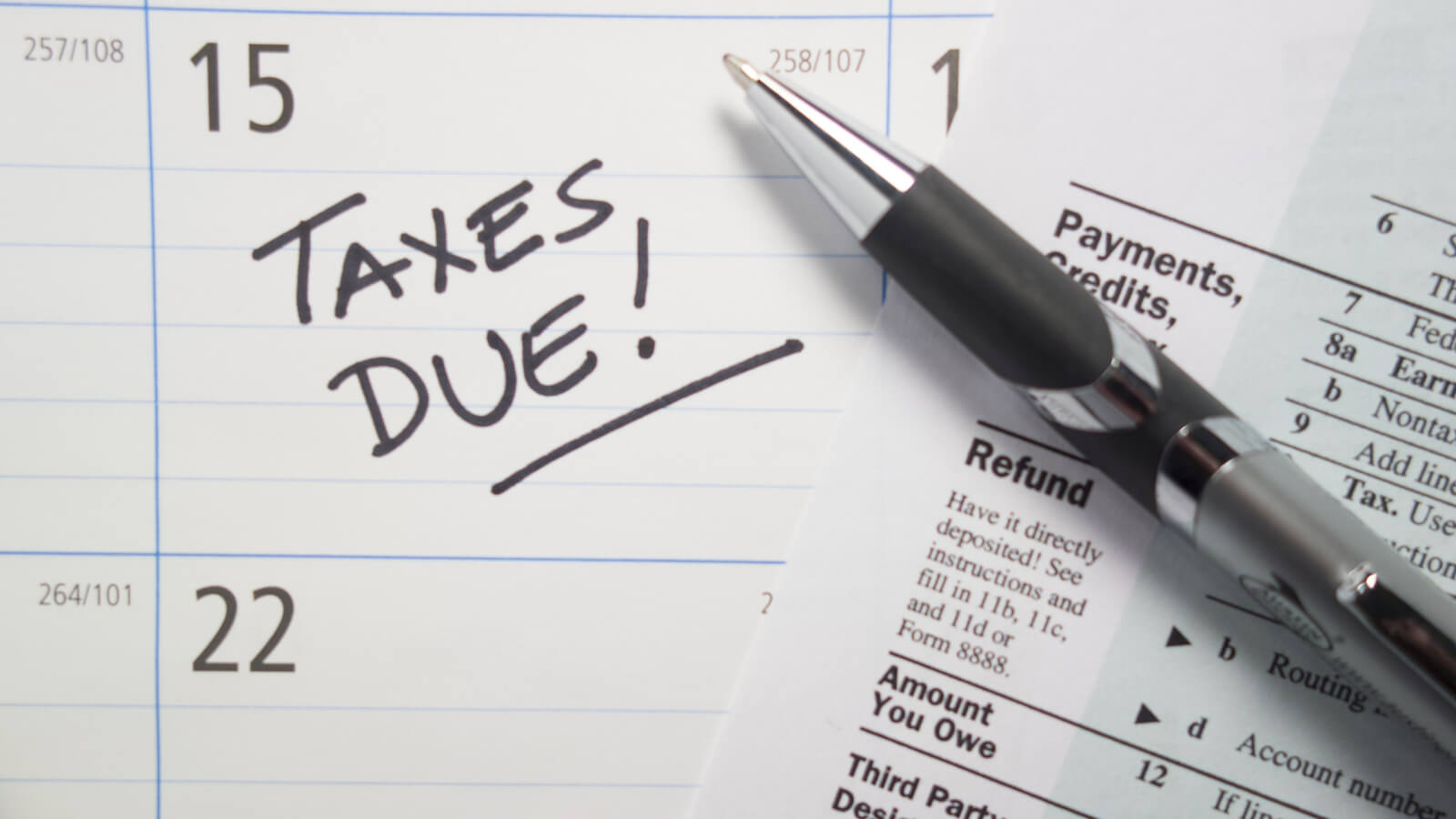Congrats on growing and hiring your first employees! Now you have to decide how often to pay them. There’s no right answer since every business is different — but you should make an informed decision.
As a growing small business, one of the first logistics you need to iron out is how often you pay your employees.
The most common pay frequency is biweekly, according to a Bureau of Labor Statistics (BLS) survey. The 2020 survey found that 43 percent of businesses pay their employees biweekly. The next most common frequencies, called pay periods, are weekly at 33 percent, semimonthly at 19 percent and monthly at just 5 percent.
Yes, biweekly is the most popular option — but that doesn’t mean it’s necessarily the best option for you. The best fit for a pay period depends on whether your employees are salaried or hourly, when your business generates cash, and other factors.
Before you decide which pay period is the best choice for you and your employees, consider the pros and cons of the standard options.
Weekly
Weekly pay periods result in 52 paychecks a year. Employees are paid on the same day each week. It can be any day, though most employers run weekly payrolls on a Thursday or Friday. Weekly pay periods are usually for the previous week’s work, and are commonly used for hourly employees.
Pros
- Pays employees more frequently, which is more appealing to your staff
- Spreads the cost of employers’ wage expenses
- Accommodates companies with high turnover
Cons
- Requires more time and effort for employers
- Costs more to run payroll in some cases
Best for: Hourly employees
Biweekly
Biweekly pay periods result in 26 paychecks a year. Employees will receive their wages every other week. This is the most popular pay frequency. It’s common for both salaried and hourly employees to be paid biweekly.
Pros
- Pays employees more frequently than semimonthly
- Makes it easier for employees to budget
- Gives employers and employees a consistent payday
Cons
- Pays smaller amounts than semimonthly
- Results in three paychecks per month sometimes, which could mess with monthly budgets
Best for: Hourly or salaried employees
Semimonthly
Semimonthly pay periods result in 24 paychecks a year. With a semimonthly pay period, employees will always get paid twice a month — so it avoids the three paychecks per month dilemma that biweekly pay periods sometimes bring. Employers who follow a semimonthly pay period will typically pay their employees on the 15th and last day of the month.
Best for: Salaried employees
Pros
- Avoids having to issue three paychecks a month and complicate monthly budgets
- Pays a larger amount than biweekly paychecks
Cons
- Pays on different days throughout the month
- Pays less frequently than biweekly paychecks
Monthly
Monthly pay periods result in 12 paychecks a year. Monthly pay periods aren’t very common — and that’s across nearly all industries, according to BLS data. Employees will typically receive their wages on the same day each month. It’s usually either the first, 15th, or last day of the month.
Best for: Salaried employees
Pros
- Saves employers money on payroll expenses
- Simplifies the payroll process
- Gives employees larger paychecks
Cons
- Cuts down employees’ cash flow
- Causes employers to make large payments all at once
Factors to consider
When you’re deciding which type of pay period to go with, there are several things you have to keep in mind. You might like the idea of paying your employees every week, but your business’ cash flow might make biweekly pay periods a better option.
So before you make a decision, consider these three things.
Your business’ cash flow
Your business might have a consistent cash flow each month — or it might come in waves. Your pay period should reflect which one of those sounds most like your business. You can’t pay your employees if you don’t have the cash on hand.
Generally, businesses with an even cash flow throughout the month should consider weekly, biweekly or even semimonthly pay periods. If your cash flow isn’t consistent, semimonthly or monthly pay periods might be your best option.
Your employees’ cash flow
It’s important to strike a balance between your needs and your employees’ needs.
According to a recent survey by Clever Real Estate, a popular online real estate broker, 62 percent of Americans are living paycheck to paycheck — something that was worsened by the pandemic. With that in mind, a monthly pay schedule may not work well with most employees.
Payroll costs
A more frequent payroll may cost you more, depending on which platform you use and how many employees you have. This may not be very budget-friendly.
Before you decide on a frequent pay period like weekly or biweekly, make sure you can afford the extra payroll costs. That’s where going with a semimonthly or monthly pay period can save you money.
The bottom line
There’s no right answer to choosing how often you should pay your employees. The right option for you will be based on what type of employees you have, how your cash flow works, and what you want to spend on payroll.
Keep in mind: You don’t have to have the same pay period for your hourly and salaried employees. Many businesses opt to pay their hourly employees weekly and their salaried employees biweekly or semimonthly.
When you consider all those factors, you should have a good idea of what’s best for your business and employees. If you want to get started on running your payroll and onboarding employees, schedule a free call with a DiMercurio Advisors team member today to make sure you're off to a smooth start.








